Invisible plastic fragments from common tableware are turning up in semen; now, researchers reveal how nanoscale particles may quietly sabotage male reproductive biology through cellular stress and self-destruction pathways.
Study: Plastic tableware use, microplastic accumulation, and sperm quality: from epidemiological evidence to FOXA1/p38 mechanistic insights. Image Credit: Mouse family / Shutterstock
In a recent study published in the Journal of Nanobiotechnology, researchers determined how microplastic (MP) accumulation, particularly from plastic tableware (PT) use, affects sperm quality and elucidated the molecular mechanism involving the Forkhead Box Protein A1, Mitogen-Activated Protein Kinase Kinase Kinase 1, p38 Mitogen-Activated Protein Kinase signaling cascade (FOXA1/MAP3K1/p38) pathway.
Background
Male infertility contributes to about half of all infertility cases worldwide, and recent analyses report annual sperm declines of approximately 1–2.6% rather than a single cumulative estimate, raising growing public-health concerns. Beyond lifestyle factors such as obesity or stress, exposure to environmental contaminants, including MPs, is increasingly implicated. Single-use plastics, especially PT, release polystyrene and polyvinyl chloride (PVC) fragments that can enter food and water. Early evidence links MPs with oxidative stress, hormonal disruption, and testicular damage in animals, yet direct human data remain scarce. Understanding how MPs accumulate in semen and disrupt spermatogenesis is vital for reproductive health. Further research is needed to clarify molecular pathways and human exposure risks.
About the study
The study analyzed semen from 200 men of reproductive age (mean 24.6 years) at the Chongqing Human Sperm Bank during 2020 to 2021. Participants completed questionnaires on lifestyle, body mass index (BMI), and PT use. Semen quality measures were sperm concentration, total sperm count, motility, and progressive motility, following the World Health Organization (WHO) sixth edition protocol. Samples were freeze-dried, enzyme-digested, filtered, and examined for MP polymers using infrared microscopy and Scanning Electron Microscopy (SEM). The authors noted that micro-infrared techniques cannot detect nanoplastics as small as 50 nm, representing a key analytical limitation in human samples. Multivariable regression linked MP levels to semen measures after adjusting for age, BMI, abstinence days, alcohol, and smoking.
In vivo work used BALB/c mice gavaged with polystyrene microplastics (PS-MPs) sized 50 nanometers, 5 micrometers, or 50 micrometers, with a dose of 1 milligram per day for eight weeks. Sperm quality, histology, and ultrastructure were assessed by Transmission Electron Microscopy (TEM), Immunohistochemistry (IHC), and Terminal deoxynucleotidyl transferase dUTP nick end labeling (TUNEL). The mouse spermatogonial cell line GC-1 was exposed to PS-MPs at 25 micrograms per milliliter with or without the p38 inhibitor Adezmapimod or FOXA1 small interfering RNA (siRNA). Autophagy and apoptosis markers were measured by Western blot, quantitative real-time polymerase chain reaction (qRT-PCR), and flow cytometry (FCM). Statistical significance was set at p < 0.05.
Study results
MPs were detected in 55.5% (111/200) of semen samples, totaling 128 particles. The main polymers were PVC (36.7%) and polystyrene (PS, 32.0%), followed by polyethylene (PE), polyethylene terephthalate (PET), and polypropylene (PP). No polyamide (PA) was detected. Higher PT use frequency strongly correlated with greater MP accumulation. Daily PT users had significantly higher total MPs in semen (p < 0.05).
After adjustment, no significant associations were observed between total MPs and semen parameters in the full cohort. In stratified analyses, among men with BMI < 24 kg/m², total MPs showed a borderline negative association with sperm concentration (P = 0.08) and positive associations with progressive (P = 0.03) and total motility (P = 0.04). Among PT users (yes vs no), total MPs showed a trend toward lower sperm concentration (P = 0.07), possibly compensated by increases in motility.
In mice, oral 50 nm PS-MPs significantly reduced sperm concentration (33%), total motility (21%), and progressive motility (38%), and increased abnormal morphology. Histology showed shrunken, disorganized seminiferous tubules; TEM revealed nuclear membrane breaks and autolysosome buildup, indicating increased autophagy.
Transcriptome sequencing identified 985 differentially expressed genes (DEGs) enriched in apoptosis and autophagy pathways. Autophagy-related genes like Autophagy Related 5 (ATG5), Autophagy Related 7 (ATG7), and Beclin1 (BECN1) were upregulated, and protein markers Microtubule-Associated Protein 1 Light Chain 3 Beta (LC3β) and Sequestosome 1 (p62/SQSTM1) increased by 69% and 138%, respectively. Immunohistochemistry (IHC) and Immunofluorescence (IF) confirmed enhanced LC3β and Beclin1 expression in testes. Simultaneously, pro-apoptotic proteins Bcl-2-Associated X Protein (Bax) and Bcl-2 Antagonist of Cell Death (Bad) rose while anti-apoptotic B-Cell Lymphoma 2 (Bcl-2) and B-Cell Lymphoma-Extra Large (Bcl-xL) fell, accompanied by higher levels of Cleaved-Caspase-3 (c-caspase-3) and Caspase-9 (Casp9).
Mechanistically, PS-MPs activated the MAPK cascade via MAP3K1 and phosphorylated p38, leading to upregulation of phosphorylated c-fos (p-c-fos) but not c-jun. Treatment with the p38 inhibitor Adezmapimod suppressed p-c-fos activation, confirming the MAP3K1/p38 link. Upstream analysis showed that the transcription factor FOXA1 directly bound the MAP3K1 promoter and interacted with the MAP3K1 protein, as verified by Chromatin Immunoprecipitation (ChIP) and Co-Immunoprecipitation (Co-IP). Knockdown of FOXA1 by siRNA diminished PS-MP-induced MAP3K1, p-p38, and p-c-fos expression without altering p-c-jun. Thus, PS-MPs triggered autophagy and apoptosis through the FOXA1/MAP3K1/p38/c-fos axis.
Together, these findings demonstrate that MP accumulation from PT is not a benign environmental exposure but a biological threat linked to male reproductive damage. Human findings indicate altered sperm quality only in specific subgroups, and remain associational, while animal and cellular data support causal activation of stress pathways by 50 nm particles. The authors also acknowledged limitations, including the use of a single oral dose in mice, the use of higher-than-environmental concentrations in vitro, and the absence of functional fertility assessments such as pregnancy outcomes.
Conclusions
This research provides the first integrated human associational and mechanistic evidence that MPs, particularly PS fragments originating from PT, accumulate in semen and are associated with changes in sperm quality in vulnerable subgroups. In men with low BMI and frequent PT use, total MP exposure correlated with borderline lower sperm concentration and increased motility. In mice and spermatogonial cells, 50 nm PS-MPs activated the FOXA1/MAP3K1/p38 signaling cascade, leading to autophagy and apoptosis, which lowered sperm count and motility.
The findings underscore the reproductive hazards of everyday plastic exposure and highlight the need for public-health policies limiting MP release from food containers and promoting safer alternatives.
Journal reference:
- Qu, J., Zeng, J., Mou, L., Wu, X., Ha, M., & Liu, C. (2025). Plastic tableware use, microplastic accumulation, and sperm quality: from epidemiological evidence to FOXA1/p38 mechanistic insights. J Nanobiotechnol., 23. DOI: 10.1186/s12951-025-03747-7 https://jnanobiotechnology.biomedcentral.com/articles/10.1186/s12951-025-03747-7

.jpeg)

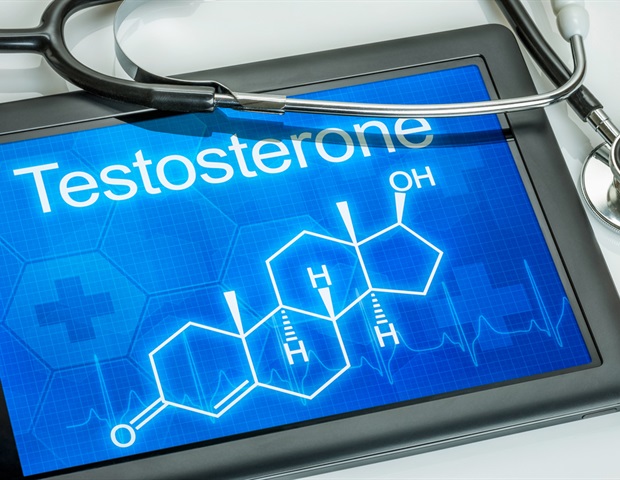

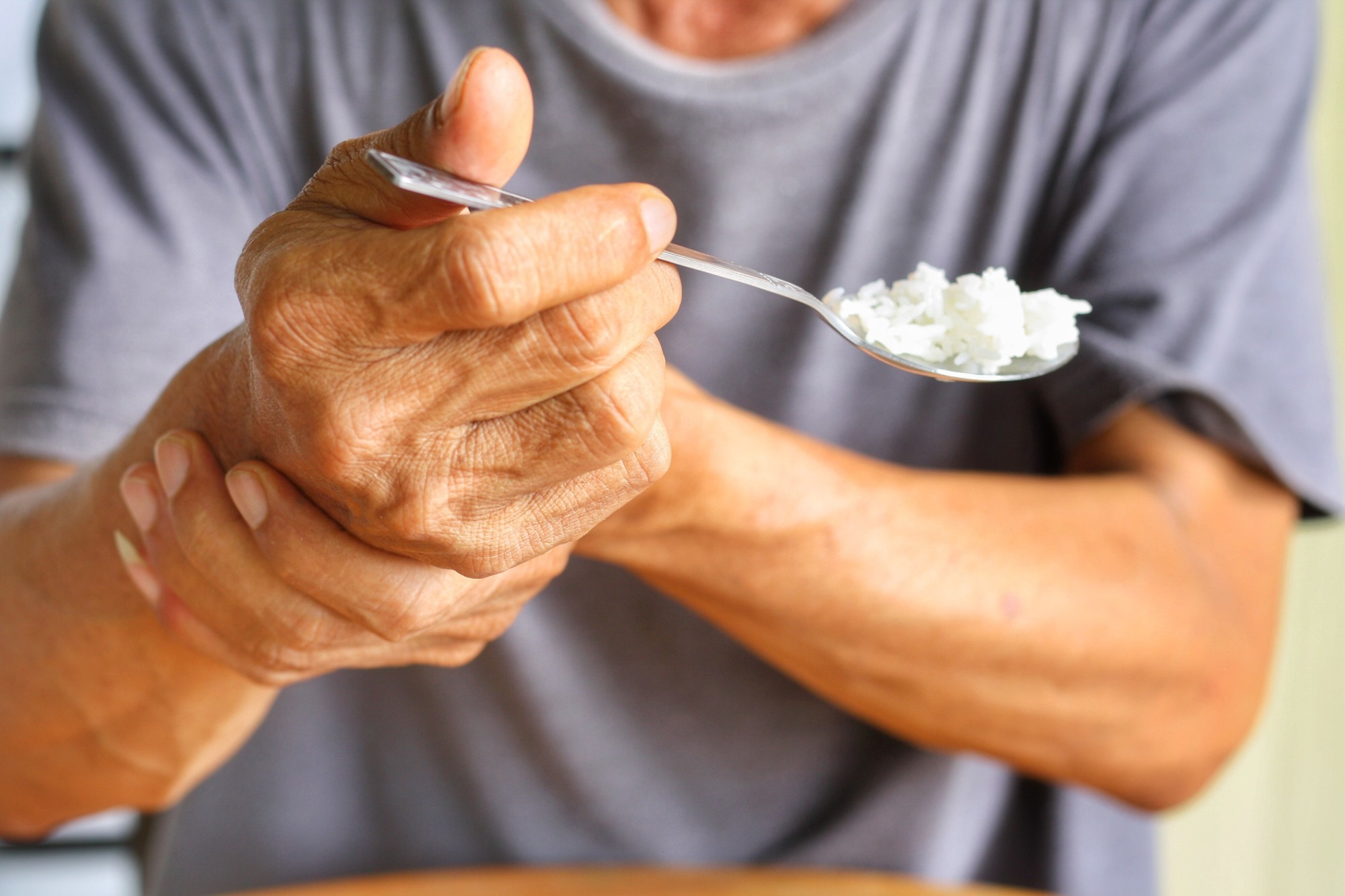







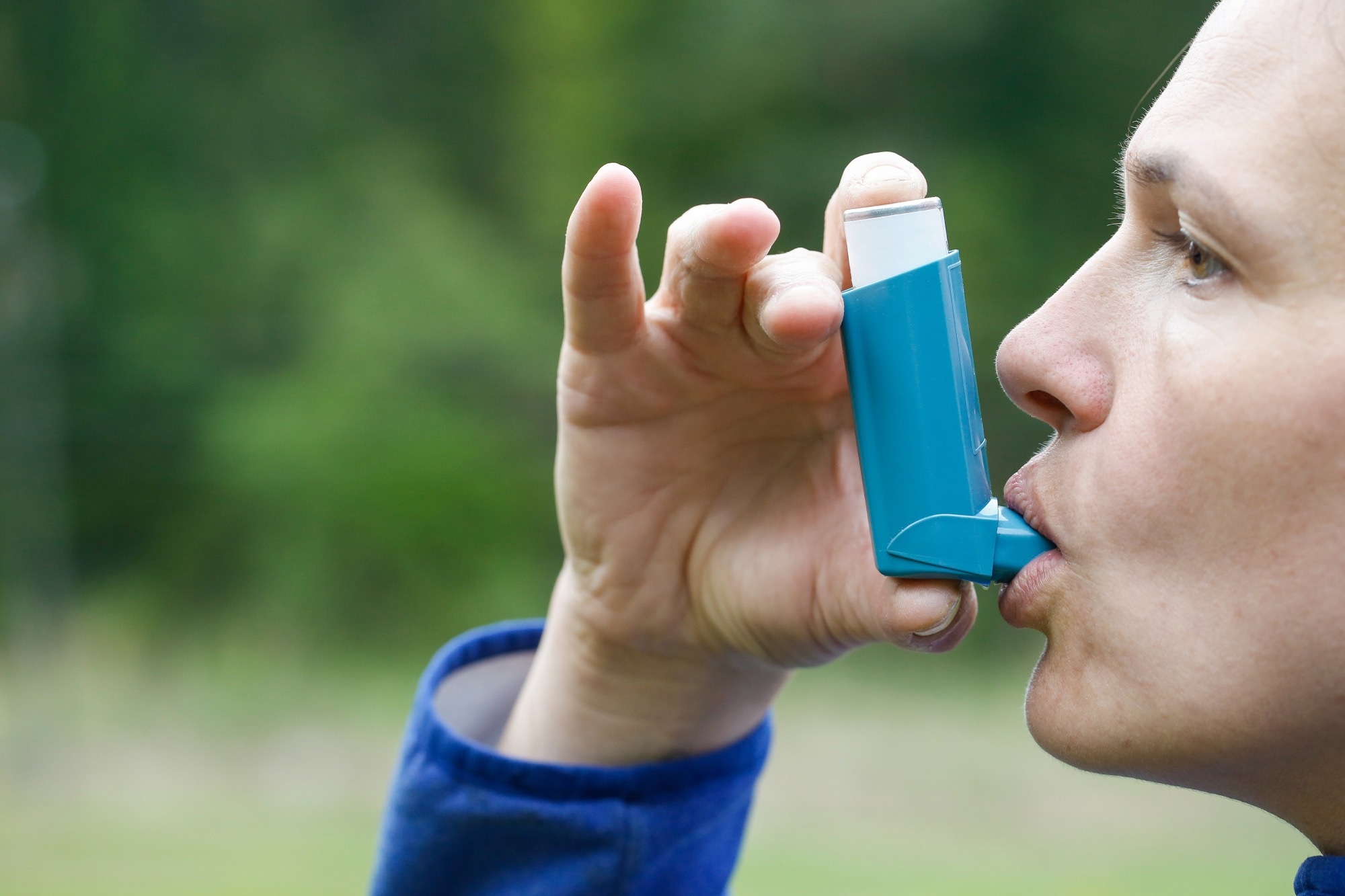

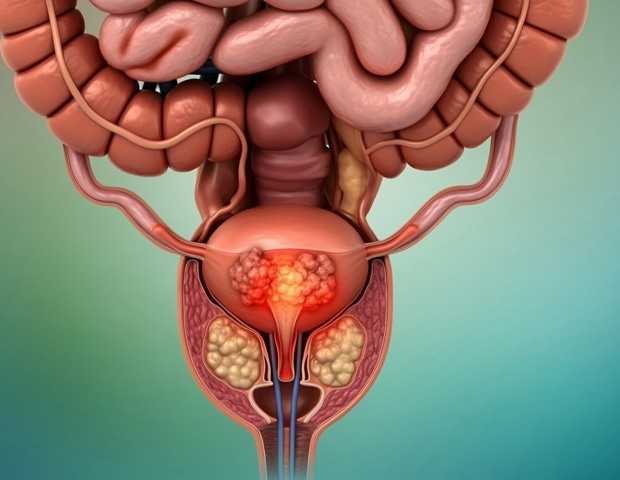

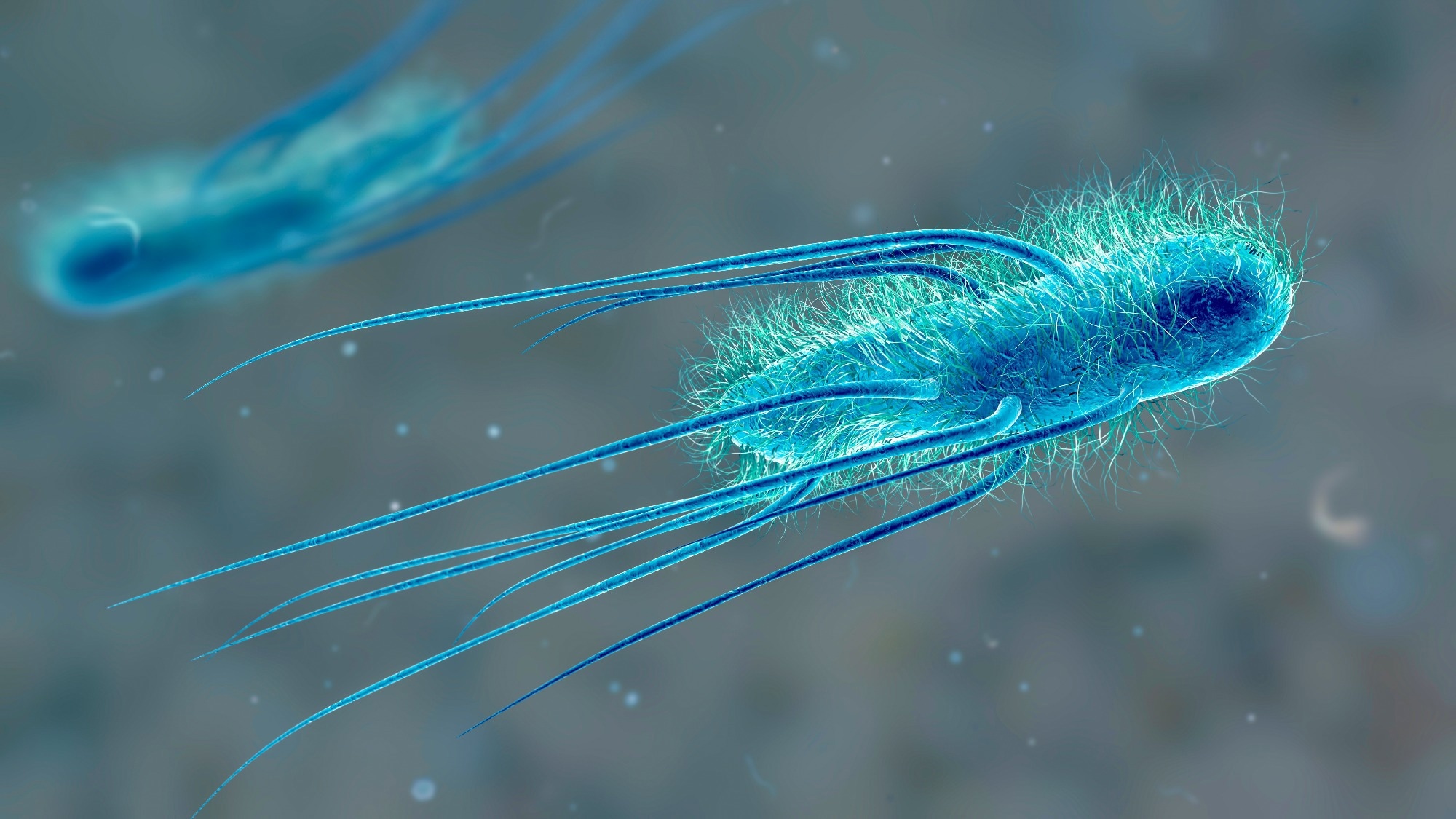








.jpeg)












 English (US) ·
English (US) ·